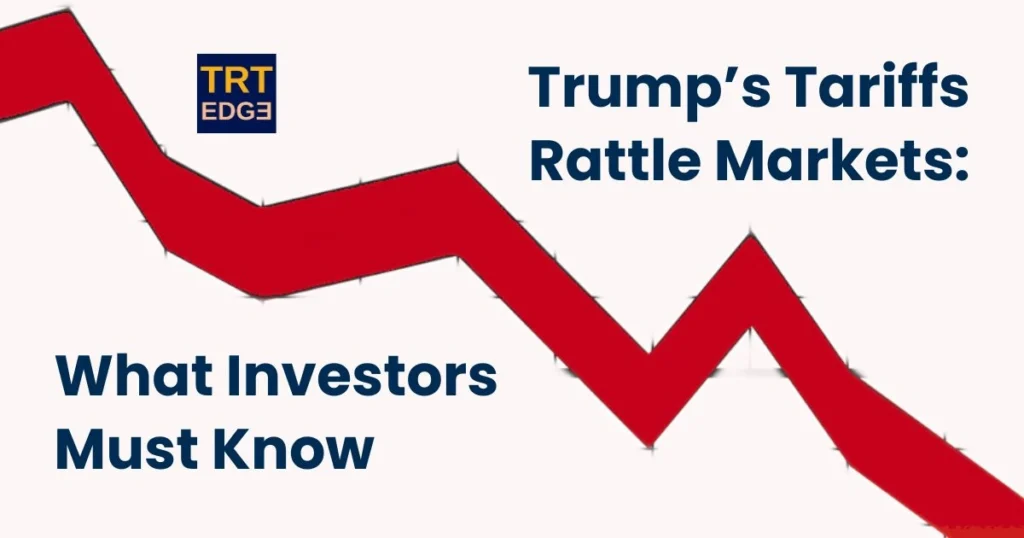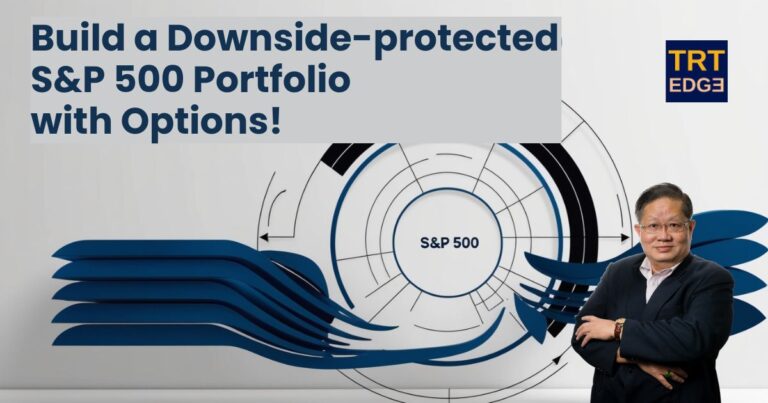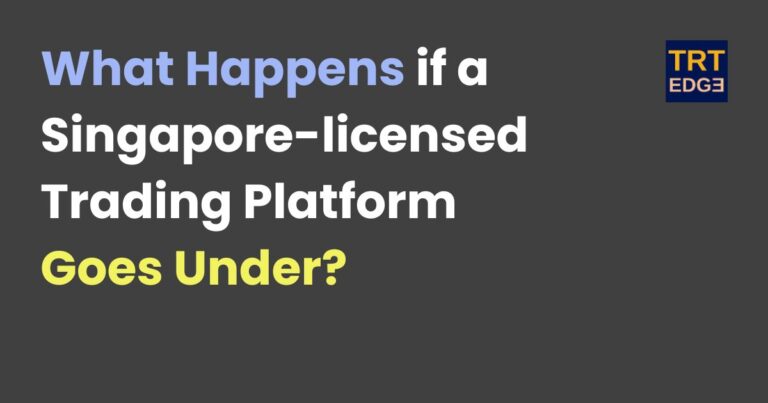Trump’s Tariffs Rattle Markets: What Investors Must Know

On 2 April 2025, President Donald Trump announced sweeping new tariffs, including a 34% tax on imports from China and a 20% tariff on goods from the European Union, with a baseline 10% tariff on all imports. These measures aim to promote U.S. manufacturing and address trade imbalances. However, they have sparked concerns about inflation and potential trade wars.
Immediate Market Reactions
The U.S. stock market responded swiftly to the tariff announcements. The Dow Jones Industrial Average fell by 670.25 points (1.55%) to 42,520.99, the S&P 500 lost 71.57 points (1.22%) to 5,778.15, and the Nasdaq Composite declined by 65.03 points (0.35%) to 18,285.16. These declines reflect investor concerns about the tariffs’ impact on corporate profits and economic growth.
Investor Sentiment and Economic Concerns
Investors fear that the tariffs could lead to higher manufacturing costs and consumer prices, potentially fueling inflation. This apprehension has contributed to increased market volatility. Economists warn that the tariffs may slow GDP growth and lead to job losses in industries reliant on global supply chains.
Global Trade Relations and Retaliatory Measures
Key U.S. trading partners have responded with retaliatory tariffs. Canada imposed a 25% tax on $30 billion in U.S. imports, while Mexico and China announced extensive countermeasures. The European Union also responded to steel and aluminum tariffs with their own duties on U.S. goods. These actions have heightened tensions and raised concerns about escalating trade conflicts.
Investor Strategies Amid Uncertainty
In light of these developments, investors are seeking strategies to navigate the uncertain economic landscape. Some are turning to safe-haven assets like gold, which has seen increased demand. Bonds have also performed well, offering diversification benefits as slowing growth tempers inflation concerns. Additionally, hedge-fund-style ETFs designed for greater resilience in volatile times are gaining attention.
Conclusion
President Trump’s new tariffs have introduced significant uncertainty into the U.S. stock market and the broader economy. While intended to bolster domestic manufacturing, these measures have raised concerns about inflation, economic growth, and international trade relations. Investors should stay informed and consider diversified strategies to navigate the evolving market landscape.
Strategic Trading Approach Amid Volatility
With the market in turmoil, now is not the time to rely on a simple “buy the dip” strategy. Instead, traders and investors must adopt a multi-directional approach to navigate uncertainty effectively.
Our multi-strategy portfolio approach positions you for success by incorporating:
- UP Bull – Capturing potential market rebounds.
- Down Bear – Hedging against market downturns.
- Income & Alpha with Options – Generating returns in all conditions.
Don’t let market volatility dictate your success. Take control with a diversified strategy designed for today’s unpredictable environment.
Contact us today to build a portfolio that thrives in any market condition!







